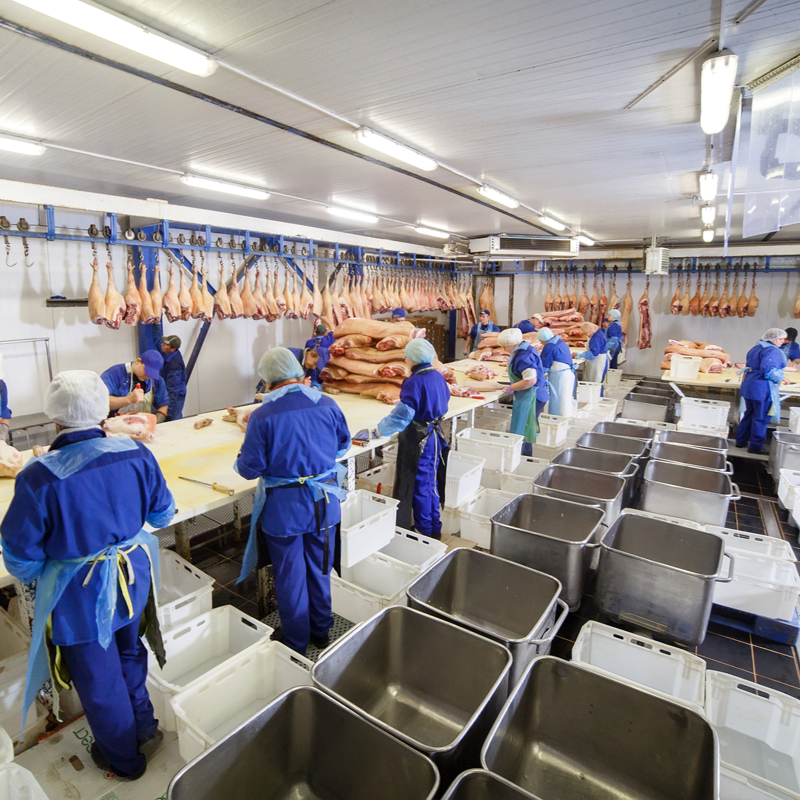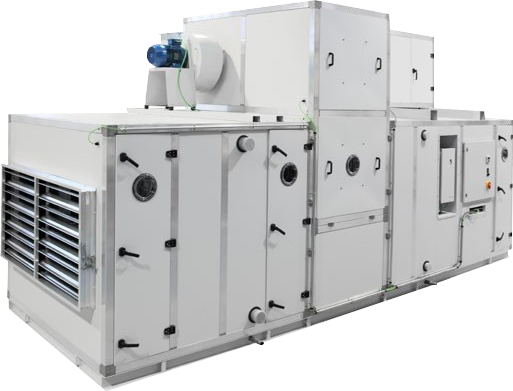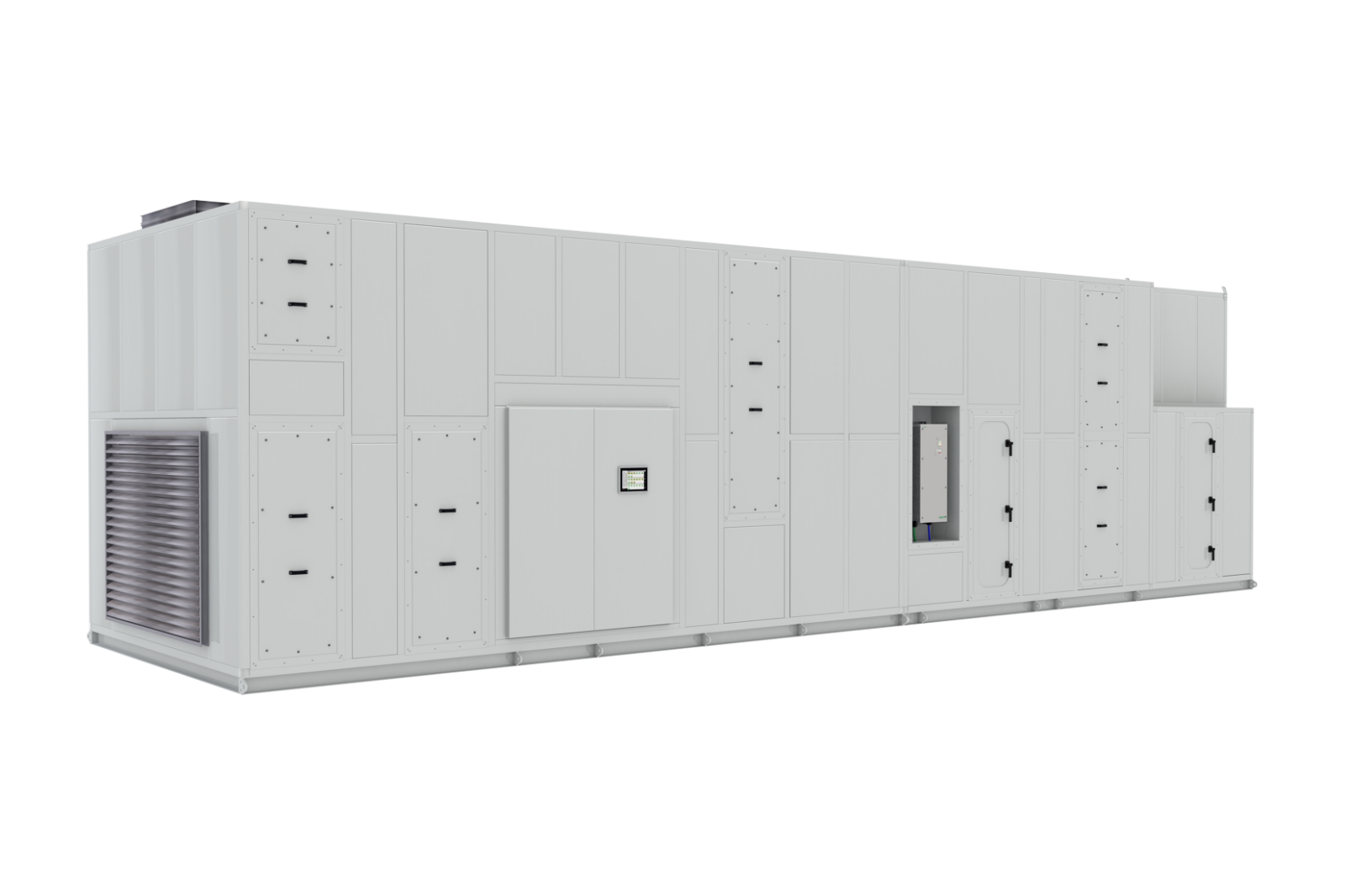-
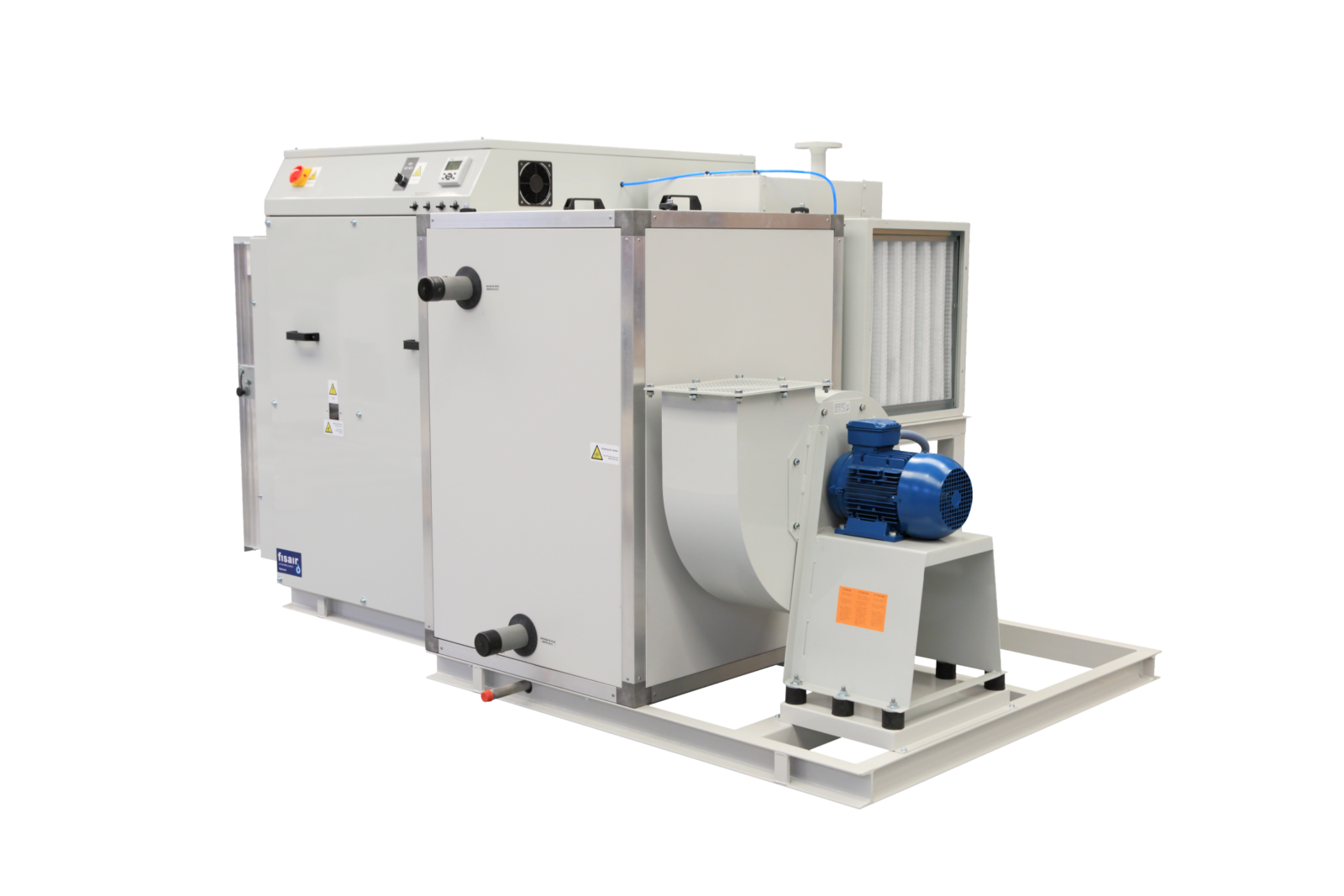 A wide range of Solutions. Highly reliable units with drying capacities from 4 to 42 kg/h and dry air flows from 450 to 6.000 m3/h.
A wide range of Solutions. Highly reliable units with drying capacities from 4 to 42 kg/h and dry air flows from 450 to 6.000 m3/h. -
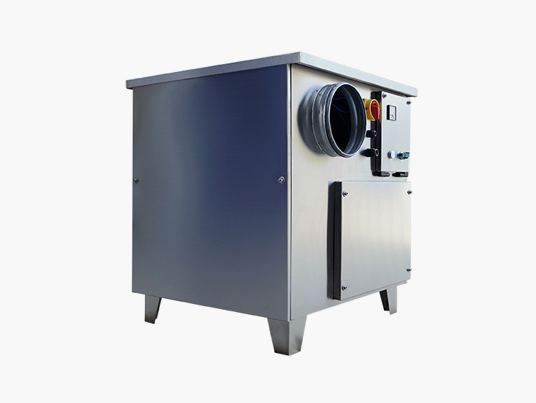 The compact solution. The B series made from stainless steel provides a range of highly compact, robust and portable dehumidifiers for use in the most demanding applications while meeting high reliability and low energy consumption needs.
The compact solution. The B series made from stainless steel provides a range of highly compact, robust and portable dehumidifiers for use in the most demanding applications while meeting high reliability and low energy consumption needs. -
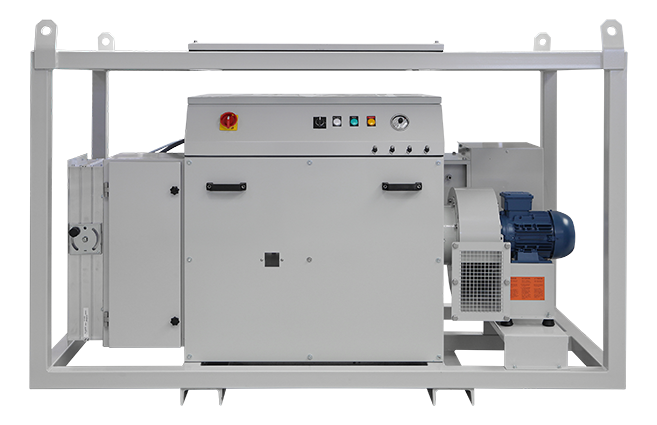 Mobile and heavy duty drying. Series aimed at temporary drying with a robust chassis and finish to protect against corrosion. Ideal for surface treatment and rental applications.
Mobile and heavy duty drying. Series aimed at temporary drying with a robust chassis and finish to protect against corrosion. Ideal for surface treatment and rental applications. -
 The compact solution. This range completes the B series with an additional fan to increase the specific drying capacity and the available wet air pressure.
The compact solution. This range completes the B series with an additional fan to increase the specific drying capacity and the available wet air pressure. -
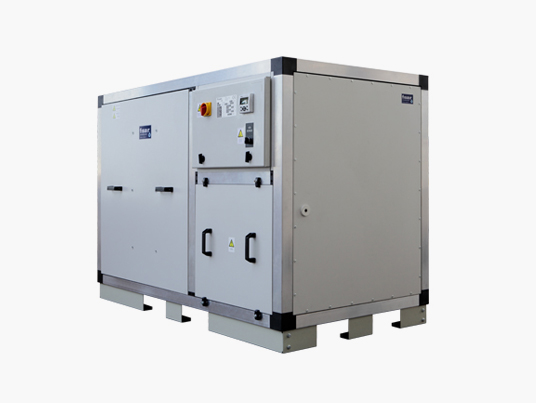 Ice-free energy lossless. Units designed to reduce humidity in refrigerated areas and proceses. Leader in its field in terms of its thermal insulation, robust design and energy efficiency.
Ice-free energy lossless. Units designed to reduce humidity in refrigerated areas and proceses. Leader in its field in terms of its thermal insulation, robust design and energy efficiency.
In slaughterhouses, as in meat processing and packaging plants, thousands of animals per day are processed. This requires large volumes of water or steam to disinfect rooms, tools, and machinery, and although much of the water drains away, a considerable amount evaporates and becomes water vapour.
Where water cannot drain away or condensation arises, corrosion will be generated and there will be a high risk of bacteria and mould proliferation, causing contamination and putting food safety at risk.
All of this is costly, bad for business, and detrimental to your company’s reputation with supply chain customers and consumers.
A consistently safe product with the desired quality should be able to be produced, and a full risk assessment should consider moisture control as part of the APPCC (HACCP).
Fisair dehumidification systems allow the control of ambient humidity even when the ambient temperature is below 0°C. This helps eliminate safety risks and quality issues caused by ice, as well as lessening the need for cleaning or maintenance.
Sensible cooling loads are addressed by the plant cooling system, while desiccant dehumidification addresses latent load, thus promoting strict and independent control of both parameters.
In addition, the work environment will be improved, less fog, lower humidity and fewer staff casualties.

